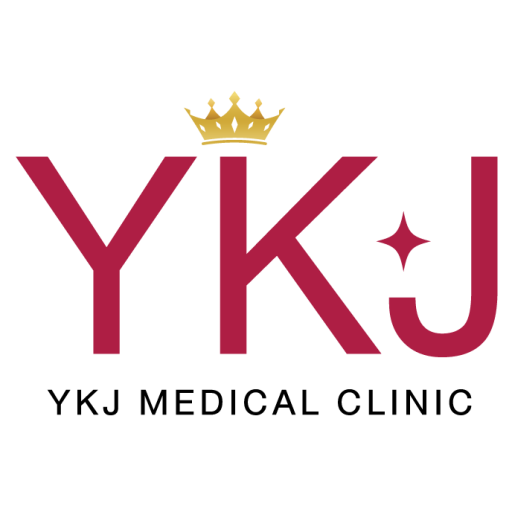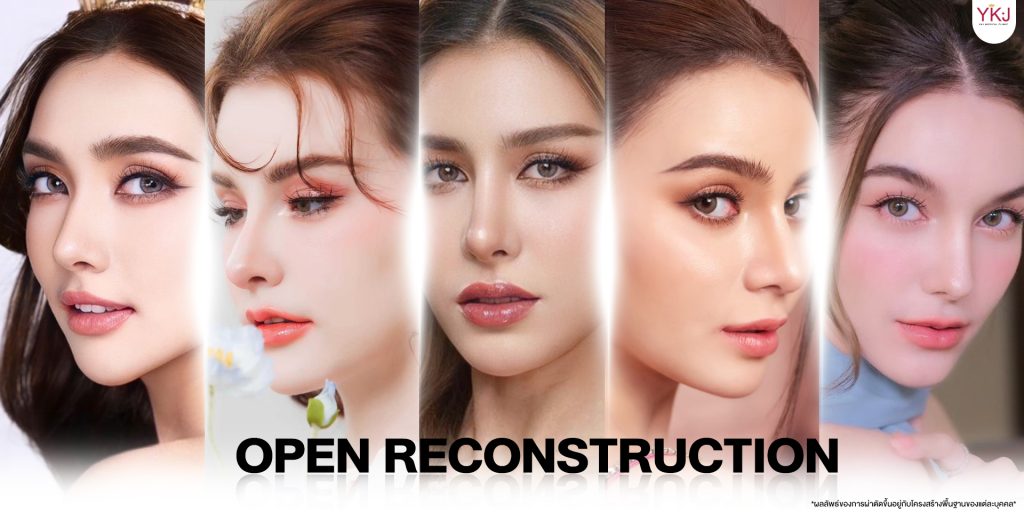A nasal hump is a bony protrusion on the bridge of the nose. It can be made of bone or cartilage and resembles a camel’s hump. It can occur in anyone’s nose, and its size and shape vary depending on genetics. It is more common in Europeans than in Asians. A nasal hump can affect the appearance of the face, making the nose look hooked, the face look hard and stern, and the face look disproportionate.
The nasal hump can be reduced or removed by open rhinoplasty. The doctor will perform hump reduction to reshape the nasal structure, creating a beautiful and proportional nose.
How to check for a nasal hump

To check if you have a nasal hump, run your finger along the bridge of your nose. If the bridge of your nose is smooth, with no bumps or protrusions, you do not have a hump. However, if you feel a bump or a raised area of bone, you likely have a hump.
However, it is important to consult a qualified doctor to confirm the presence of a hump and to assess the nose in detail. The doctor will be able to determine if you have a true hump or a “Pseudo hump” , which is caused by a drooping or low nasal tip. The doctor will then be able to recommend the appropriate treatment based on your individual needs and preferences. Some people may be happy to have a hump on their nose.
Interested in Aesthetic Procedures at YKJ Medical?
Click to inquire about promotions or consult for free
How does a nasal hump affect rhinoplasty?
The next question is how does a hump affect rhinoplasty? Can you simply augment the nose over the hump? This is possible, but in cases with a large hump, the doctor will not recommend it because it can lead to the following problems:
- The hump on the bridge of the nose may appear higher than before, making it more visible.
- The silicone implant may not fit properly on the bone, causing it to become crooked or tilted.
- The silicone may float, meaning it can move freely along the bridge of the nose. This is because the silicone is not attached to the patient’s original nasal bone.

If these problems occur after rhinoplasty over the hump, the nose will need to be reshaped again. Therefore, doctors usually recommend that people with a hump have it reduced and the nasal structure adjusted at the same time using open rhinoplasty. This will create a beautiful, smooth nose with a natural shape, eliminating the need for further nose surgery. However, if the hump is small and the patient does not want it reduced, this is also possible. The doctor will then shave the silicone to fit the bridge of the nose and the small curve of the hump. In this case, the hump does not need to be reduced or filed down.

Read more : Nose Surgery or Rhinoplasty in Bangkok, Thailand
How to reduce a nasal hump

The method the doctor uses to reduce the hump depends on its size:
- Hump rasping: This is suitable for cases with a small hump and not a very high protrusion. The doctor will use a medical instrument called a bone rasp to file down the hump and make the bridge of the nose smoother.
- Hump reduction (Humpectomy): This is used for cases with a large hump that cannot be reduced by rasping. This is because rasping can cause prolonged swelling after surgery and increase the risk of the nose collapsing and deforming. The doctor will perform a hump reduction surgery to prevent unwanted side effects after hump reduction.

Interested in Aesthetic Procedures at YKJ Medical?
Click to inquire about promotions or consult for free
The key point of hump reduction is that the doctor must assess, design, and plan the nasal structure adjustment from the beginning, including how much hump reduction is needed. If too much hump is removed, it will damage the periosteum on the nasal bridge too much, leaving no space for the inserted silicone to adhere to. This can lead to problems such as silicone floating, silicone tilting or skewing, and even the need for additional augmentation to achieve a suitable height. The goal is to create a nose shape that matches the patient’s facial features and meets their expectations.

Important points about hump reduction
- Make sure you have a real hump, not a pseudo hump or a false hump caused by a drooping nasal tip and a very low bridge of the nose. If you have a pseudo hump, rasping or surgery will not improve the bridge of your nose. It can also damage the bone tissue unnecessarily.
- You should choose a doctor who specializes in rhinoplasty. Hump reduction requires precise and accurate treatment. If the doctor reduces the hump incorrectly or misdiagnoses the nose problem, it will not solve the problem and may increase the chances of unwanted side effects after hump reduction.
- You should study the information and prepare carefully for both before and after hump reduction to prevent side effects after treatment.

Conclusion: A nasal hump is a bony protrusion on the bridge of the nose. The size of the hump varies from person to person. In cases with a small hump that is difficult to see, rhinoplasty can be performed without rasping or reducing the hump. The doctor will shave the silicone to fit the bridge of the nose. In cases with a large hump, the hump must be reduced. Otherwise, it can lead to various problems, such as silicone floating and silicone tilting.
YKJ Medical Center (formerly Theerathorn Clinic) is in Thailand and was founded by Dr. Rattarut Barrameechaiphach (Dr. Gun), a licensed physician (Medical Council of Thailand license no. 27560). The clinic provides aesthetic medical services and has practiced in this field for around 15 years. Services include open rhinoplasty, double-eyelid surgery, facelift, breast augmentation, hyaluronic-acid filler injections, and other procedures as indicated.

Over the years, Dr. Gun has occasionally been invited to speak at academic meetings in Thailand and abroad. Media outlets such as HELLO! Magazine (2023) and Sudsapda (2022–2023) have featured the clinic’s work related to open rhinoplasty and revision cases. These media mentions are provided for general context and are not intended as claims of superiority or as guarantees of outcomes.



In addition to Dr. Gun, YKJ Medical Center has other physicians who practice under professional standards. All treatments are assessed and planned by a doctor on a case-by-case basis, and individual results may vary. Fees and the scope of treatment are explained in advance in line with applicable regulations.













 Home
Home  Doctor
Doctor  Inquiry
Inquiry  Chat
Chat 